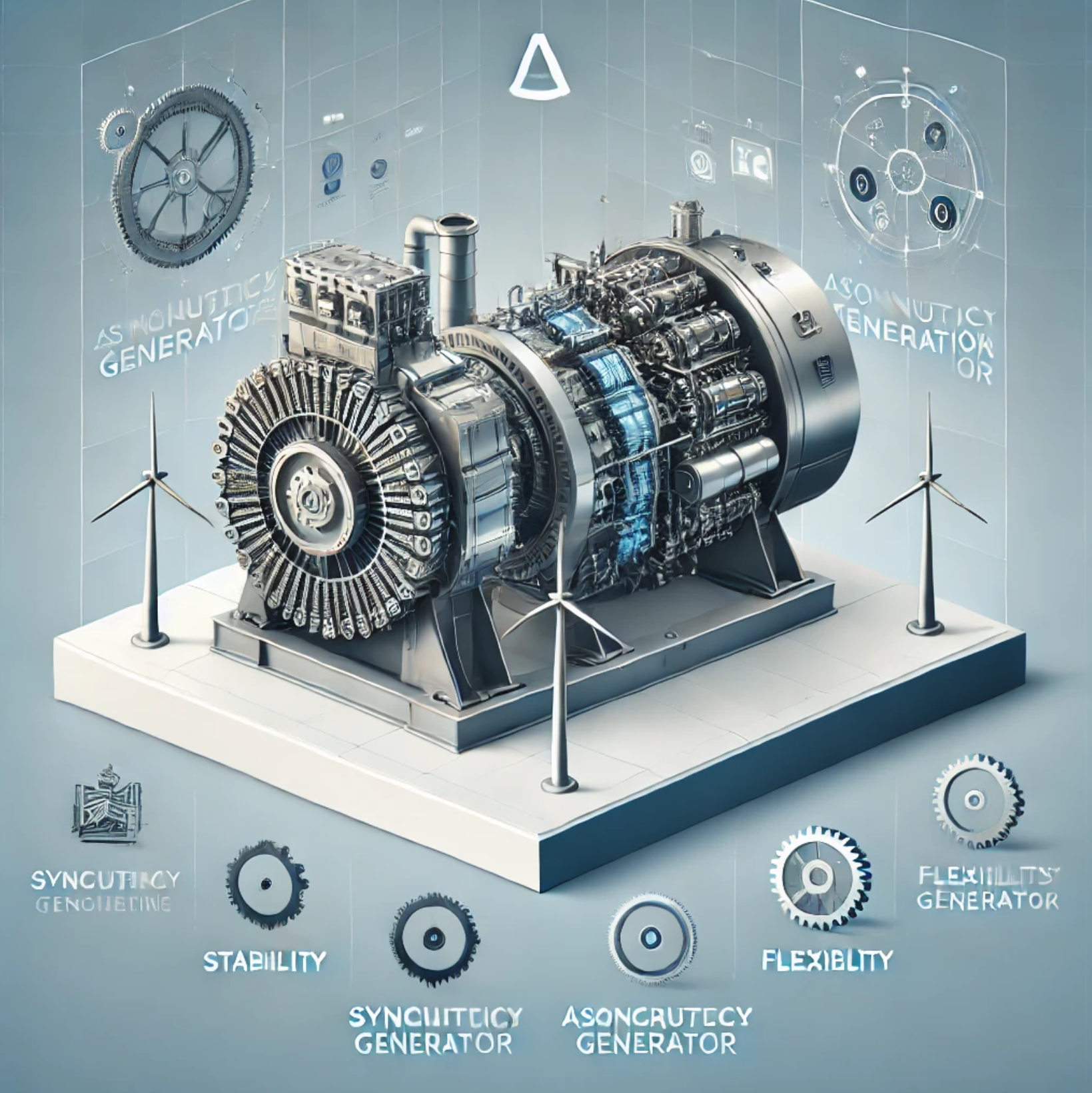Generators are the heart of any power generation system. In this article, we’ll explore the key differences between synchronous and asynchronous generators to help you make informed decisions for your electrical projects.
Synchronous Generators
These generators operate at a constant speed, synchronized with the grid frequency (50 or 60 Hz). They are highly efficient in large industrial applications and power plants, offering:
- Precision: Their ability to synchronize with the grid ensures stability.
- Control: They allow adjustments in voltage and reactive power.
- Typical Applications: Hydroelectric, thermal, and nuclear power plants.
Asynchronous Generators
Also known as induction generators, these are simpler and more economical. They are efficient in systems with varying speeds. Key features include:
- Flexibility: They don’t require complex synchronization systems.
- Low Maintenance: Designed with fewer critical components.
- Typical Applications: Wind turbines, small turbines, and decentralized systems.
Which One Is Right for You?
The choice depends on your project size, stability requirements, and budget. If you need further information or advice for your electrical projects, contact me. I’m here to help you make the best decision!
#Energy #ElectricalGenerators #ElectricalProjects

